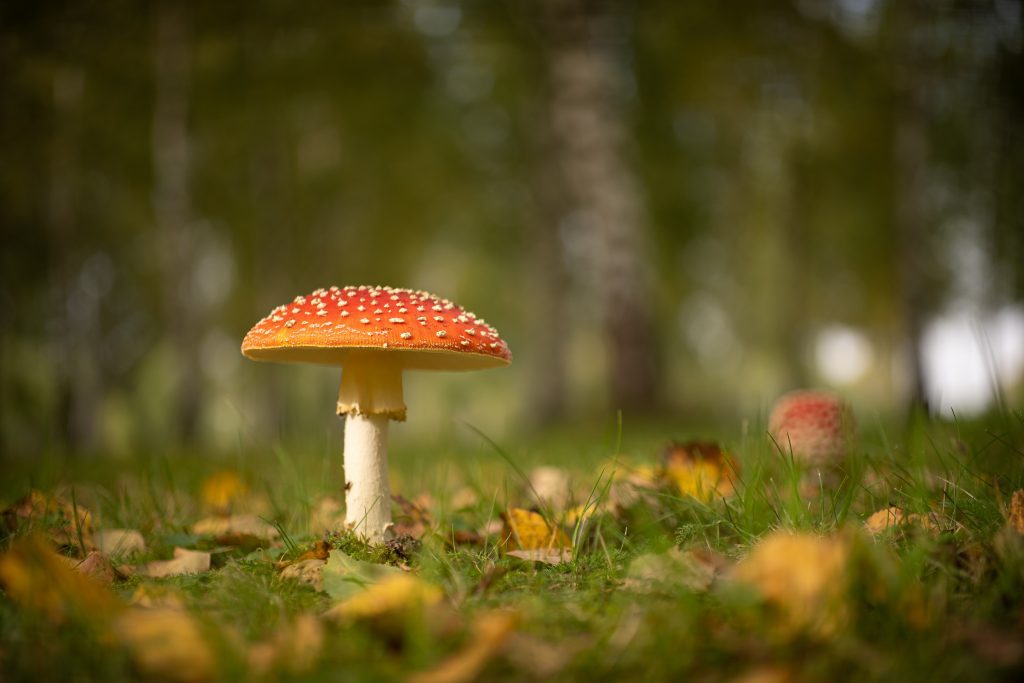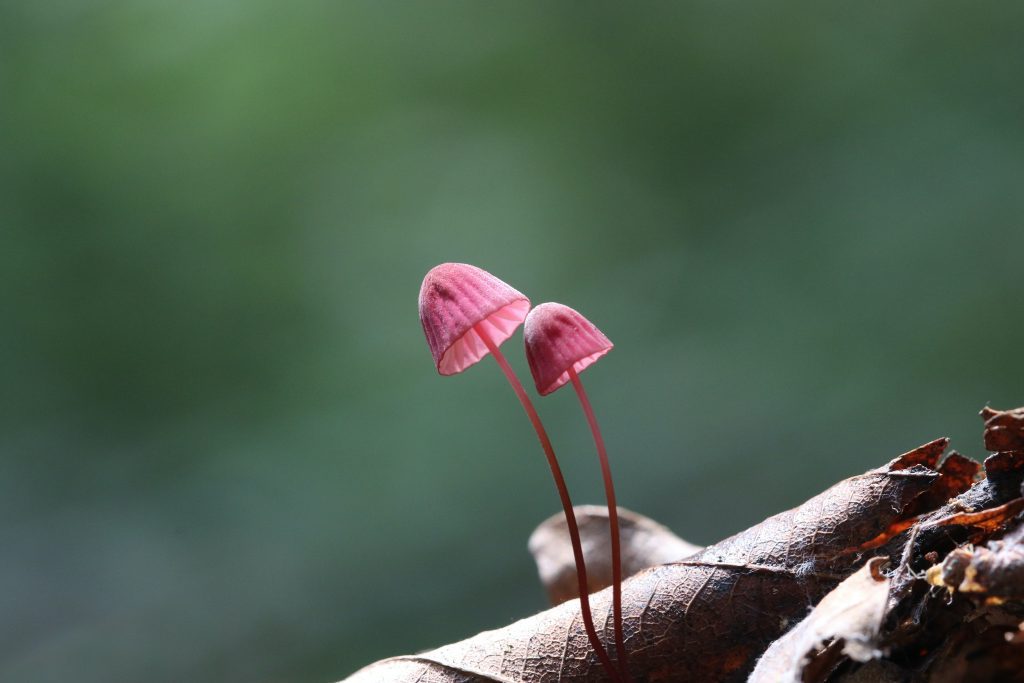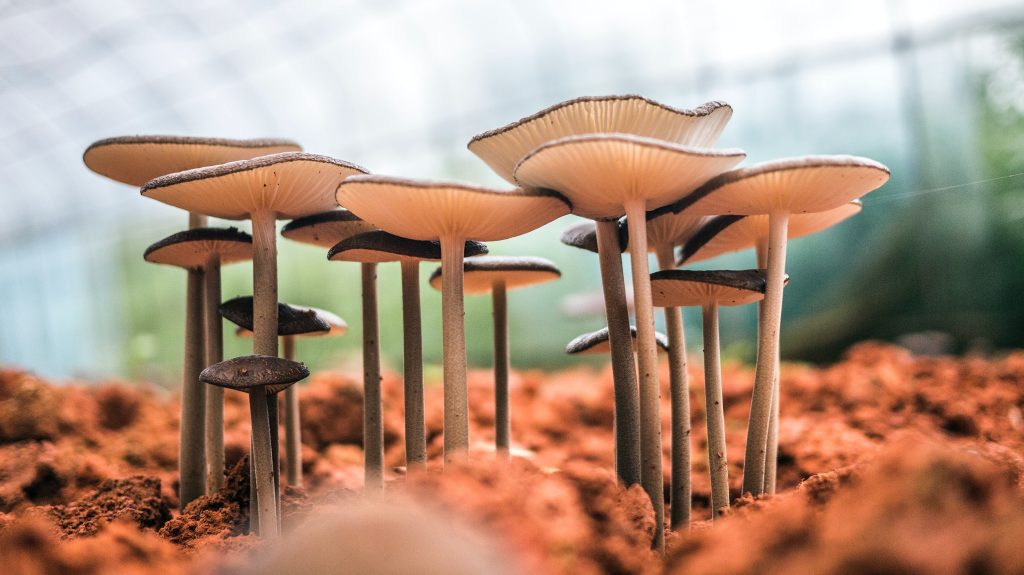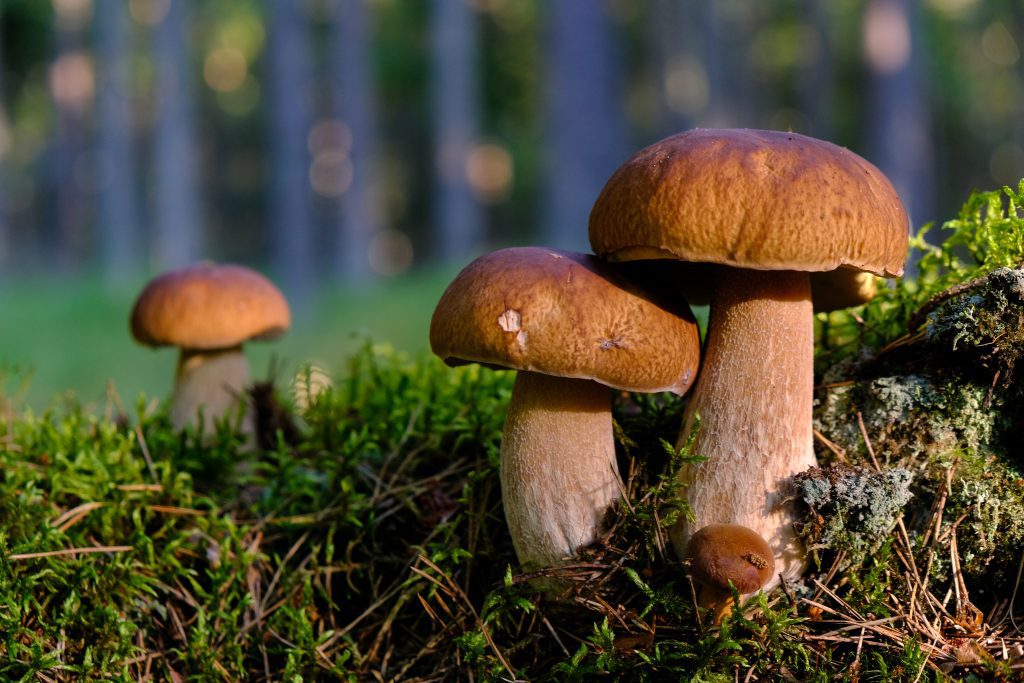It’s that wonderful time of the year when autumn colors fill our hearts and memory cards. But autumn has much more to offer than colorful foliage, spectacular blue skies, and soft golden light. An entire world comes to life deep into the forest. Autumn is the season of mushrooms and, therefore, the best time for mushroom photography.
Mushroom photography includes photographs that have mushrooms as subject matter. The photographic genre is not important. You can adopt any aesthetic and use any technique. But some tips will improve your photographs regardless of your artistic and technical choices.
Make the Mushroom the Star of Your Composition
Don’t look at your subject matter with an air of superiority. The small, delicate, and sometimes poisonous mushroom is the lead actor of your visual story. Use your best tools to make it stand out and be the focal point of the composition. For example, you can use a shallow depth of field and blur a busy background. Or you may want to get very close to the mushroom and fill the frame with its graceful silhouette. Or you may want to place the camera at its level, as you would do with an animated subject, and capture its perspective.
Regardless of your choice, remember to use the rules of composition. The rule of thirds, the golden triangle rule, and the lead room principle help you improve your mushroom photography.

Photo by Micael Widell on Unsplash
Use Different Perspectives
By now, you already know you don’t have to photograph the mushrooms from above nor place them in the center of the frame all the time. But you may also want to change the perspective. Macro photography is a good ally when it comes to mushrooms. It allows you to use very short camera-subject distances and reveal unseen tiny details of mushrooms. So if you have a macro lens, try it on mushrooms this autumn.

Photo by james jeon on Unsplash
However, mushrooms live in a fascinating world. Instead of having a single element in the frame (i.e., the mushrooms), you may want to include its environment too. It enhances your story by providing context and localization. A dry leaf, the roots of a tree, or some moss may completely change the message of your photographs.

Photo by Phoenix Han on Unsplash
Use Lighting to Your Advantage
Mushrooms like dark and humid places. Even on sunny days, they will most likely be in the shadow, meaning you won’t have enough light for fast shutter speeds, low ISO values, and narrow apertures. You can improve your chances of taking well-exposed photos by using a tripod and slowing the shutter speed. Alternatively, you may want to introduce an artificial light source, such as a flash or a continuous LED light. Make sure you use a soft, natural-looking light that complements the beautiful natural light of autumn.

Photo by Külli Kittus on Unsplash
Conclusion
Mushrooms are patient subject matters that invite you to put your creativity to work and take unique photographs. They are full of grace and character, come in all shapes and colors, and probably live closer than you imagine. You can’t ask for a better autumn model!
Cover photo by Krzysztof Niewolny on Unsplash

